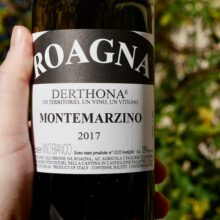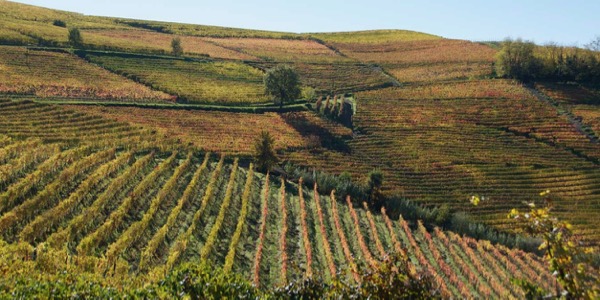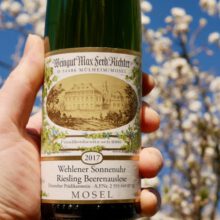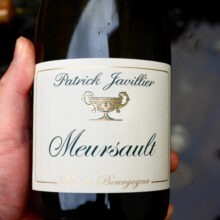
Product information
Roagna Timorasso Derthona Montemarzino 2017
$166
Description
With Vietti and Roagna adding their names to the few making Timorasso, it’s clear something special is happening in Derthona (the old name for Tortona).
I’ve tried the Massa’s entry level version and loved its flavours and textures. Can’t wait to try Roagna’s version.
Only 1 left in stock

















You must be logged in to post a comment.